1. The Mary Tyler Moore Show – “The Good-Time News” (1973)
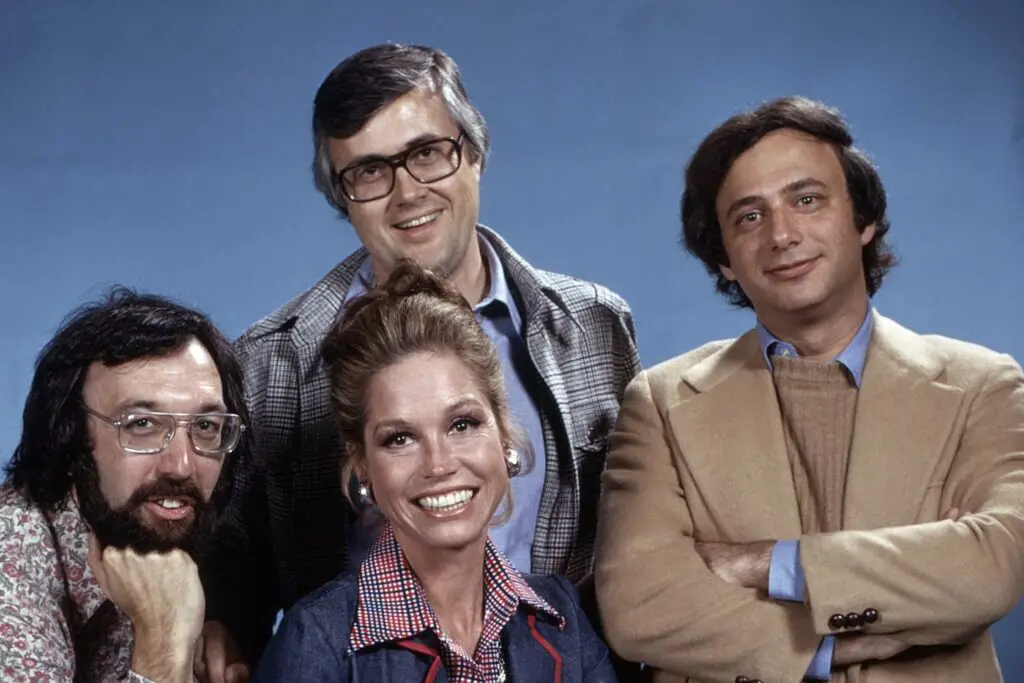
In this episode, the newsroom is told they need to spice up the nightly news to attract younger viewers. Enter the idea of lighter, fluffier segments—complete with upbeat music and happy talk between anchors. Mary isn’t thrilled about the direction, but the station pushes ahead. It felt like satire back then, poking fun at the idea of making news into entertainment shares MediaVillage.
But decades later, infotainment became the norm. Morning shows blend serious headlines with celebrity interviews and cooking demos, and even nightly news has taken on a friendlier tone. It’s hard not to look back at this episode and think, “Wow, they totally called it.” What seemed absurd in the ’70s became pretty standard by the 2000s adds Yahoo.
2. Good Times – “The Evans Get Involved” (1978)
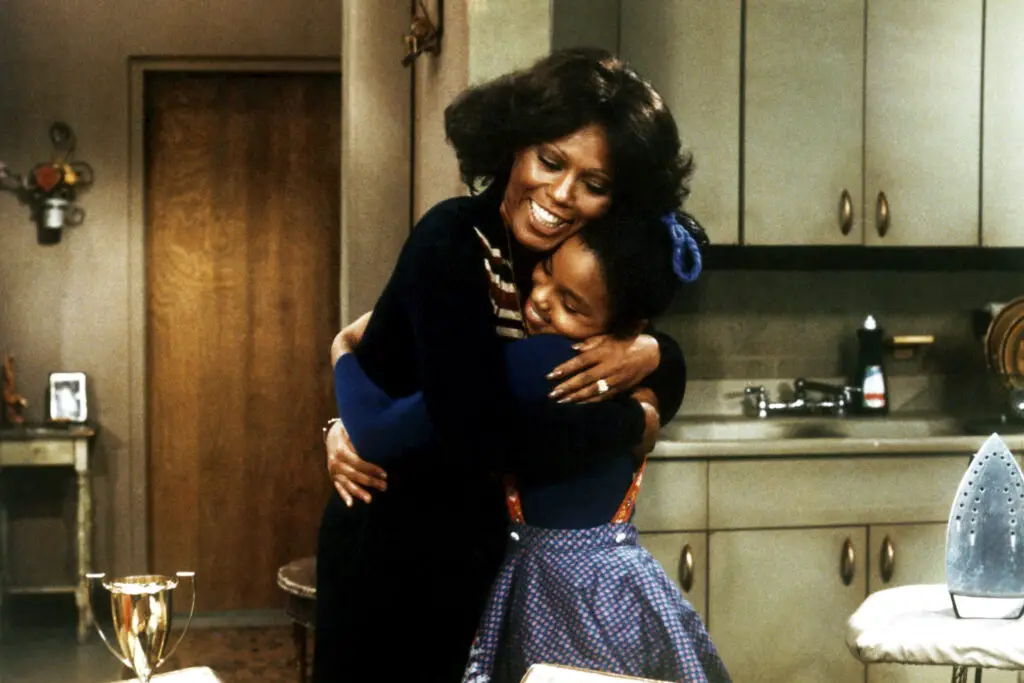
This two-part episode tackled the heartbreaking reality of child abuse, showing the Evans family trying to help a young boy in trouble. At the time, the subject was rarely addressed on television, and it pushed boundaries for a family sitcom. The emotional weight of the story struck a chord with audiences says IMDb.
Fast forward to today, and you’ll see major networks airing entire dramas about social services, foster care, and trauma. This episode foreshadowed a future where tough issues wouldn’t just be daytime TV territory. It helped kickstart more open conversations around child welfare. And the fact that it came from a show known for its laughs makes it all the more impactful adds Good Times Wiki.
3. All in the Family – “Archie and the Computer” (1974)
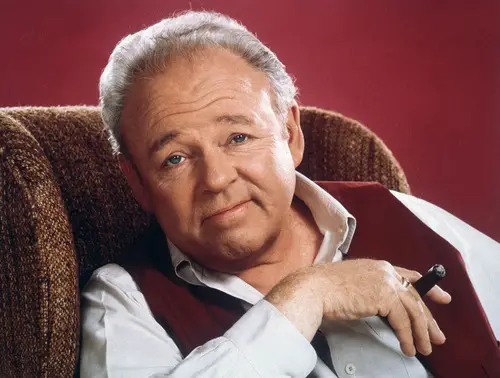
Archie Bunker is totally baffled when a new computer system is introduced at work, and he struggles to accept that a machine might replace parts of his job. He even refers to the computer as a “mechanical brain” and worries it’ll make him obsolete. Back then, the idea of computers taking over jobs felt more science fiction than reality.
But Archie’s fear has since become a real-world concern. Automation and AI have changed entire industries, replacing workers in manufacturing, customer service, and more. Watching Archie rant and rave in this episode now hits a little differently. It’s almost eerie how spot-on his panic turned out to be.
4. M*A*S*H – “Quo Vadis, Captain Chandler?” (1975)
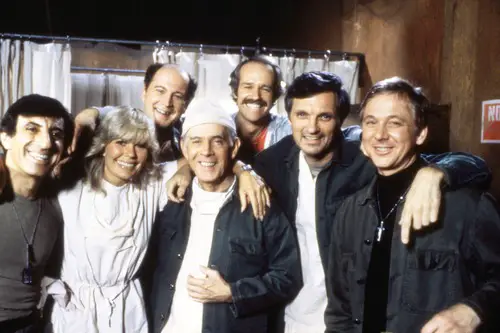
This episode centers on a soldier who believes he’s Jesus Christ, which sparks a deep discussion about mental health and the psychological toll of war. While the show often blended comedy with serious moments, this storyline stood out for how directly it addressed PTSD—long before the term was widely used.
At the time, few understood the long-term effects of combat stress. But today, PTSD is a major topic in both military and civilian circles. This episode anticipated a future where mental health, especially for veterans, would be recognized and taken seriously. It’s a powerful reminder of how ahead of its time M*A*S*H could be.
5. The Jeffersons – “The Hold Out” (1976)
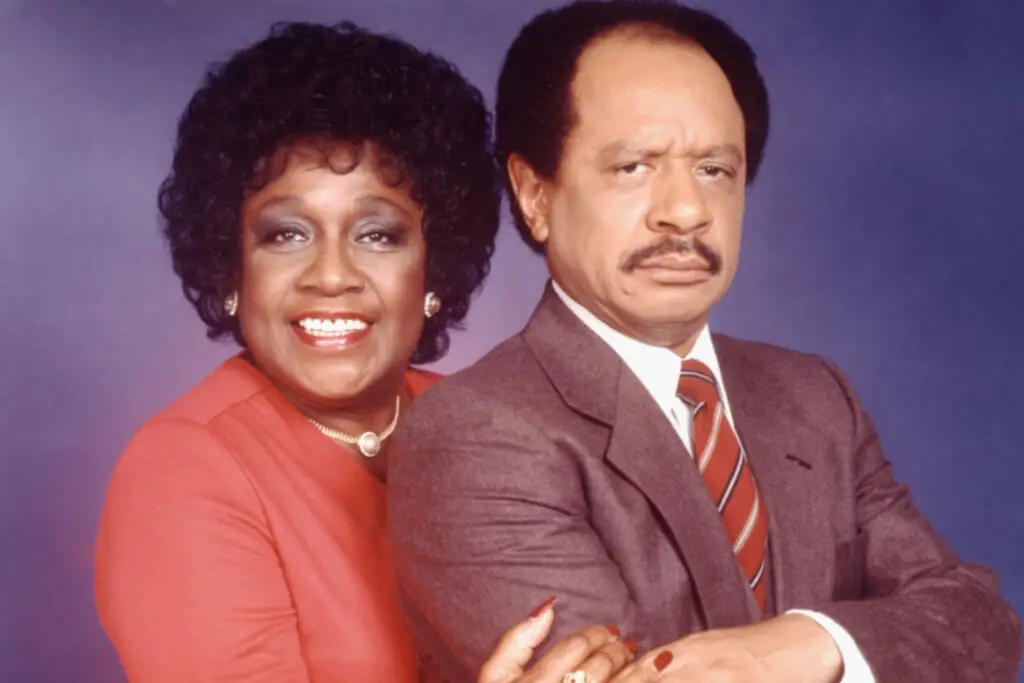
George Jefferson tries to buy a neighboring property, but the elderly tenant refuses to sell, clinging to her rent-controlled apartment as a matter of principle. George can’t understand why she wouldn’t take the money, and the episode turns into a debate about gentrification and displacement.
Today, that same struggle is playing out in cities across the country. Longtime residents are priced out as neighborhoods change, and the tension between development and preservation keeps growing. The Jeffersons were having that conversation nearly 50 years ago. They saw what was coming, even if the rest of us didn’t.
6. Barney Miller – “The Desk” (1975)
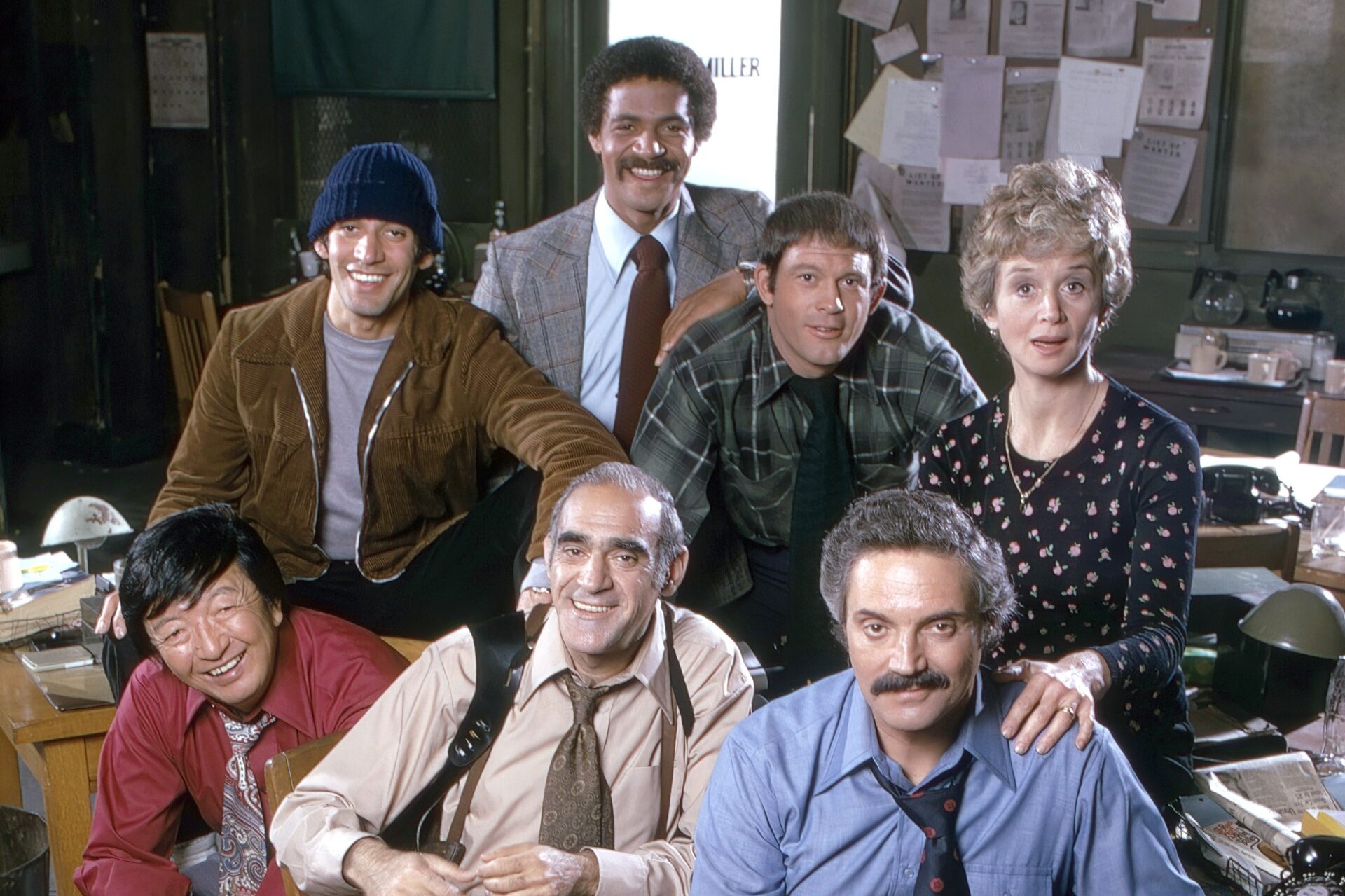
When the precinct receives a fancy new desk with built-in electronics and flashing lights, it becomes a running joke among the officers. They all mock the idea of technology replacing good old-fashioned policing. The gadget is more of a nuisance than a help, and no one can figure out how to use it properly.
It’s a funny episode, but it weirdly predicted the rise of high-tech policing. From body cams to facial recognition software, technology has become a key part of law enforcement. And yes, it’s often just as frustrating to use as that desk. Barney Miller was ahead of the curve with its subtle critique of relying too much on tech.
7. Three’s Company – “The Love Diary” (1978)
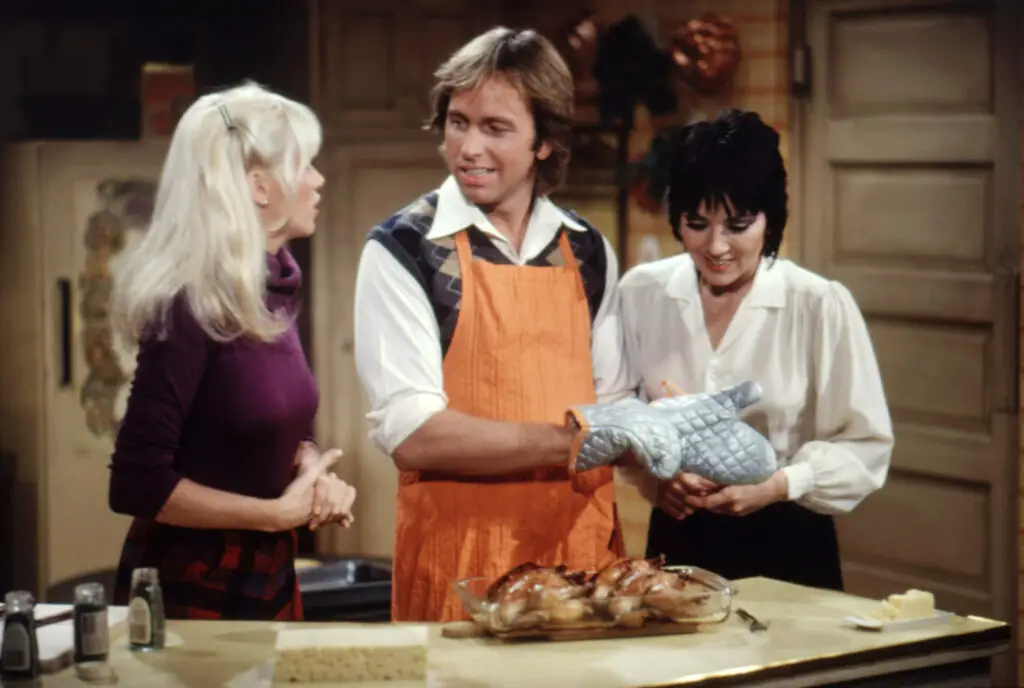
When Janet finds an old diary in their apartment, she reads it and assumes the woman who wrote it was murdered. This sparks a series of wild theories and amateur sleuthing from the roommates. It’s a classic sitcom misunderstanding played for laughs.
But it also feels like a sneak peek at our current obsession with true crime. Podcasts, documentaries, and online sleuth communities have made mystery-solving a national pastime. Janet and the gang were true-crime fans before it was trendy. Who knew they were just ahead of the curve?
8. Taxi – “Reverend Jim: A Space Odyssey” (1979)
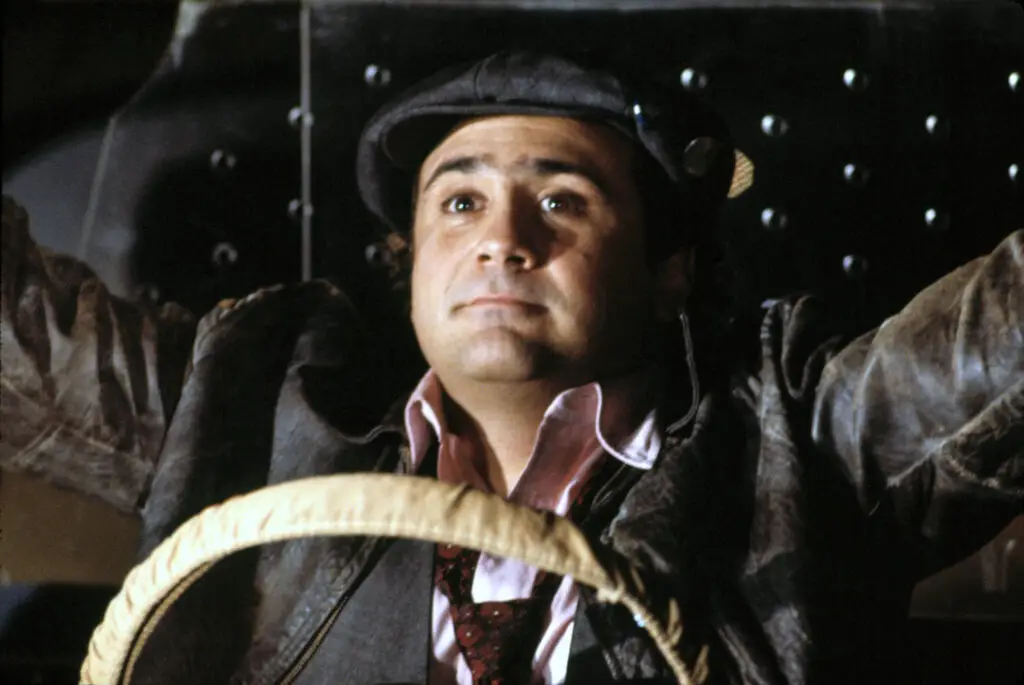
This is the episode where Reverend Jim takes his hilariously chaotic driving test, but buried in the laughs is a glimpse at something deeper. Jim, with his burned-out look and wild thoughts, is clearly struggling with the long-term effects of drug use. At the time, he was the comic relief, but there was an undercurrent of sadness to his character.
Looking back, Jim’s portrayal lines up with what we now recognize as the toll of addiction and mental health issues. Shows today would dive deeper into his background and trauma, but Taxi gave us the early sketch. It made us laugh, but it also planted the seeds for more complex characters down the line. Jim was a warning, even if we didn’t fully realize it.
9. Welcome Back, Kotter – “Sweathog Clinic for the Cure of Smoking” (1977)
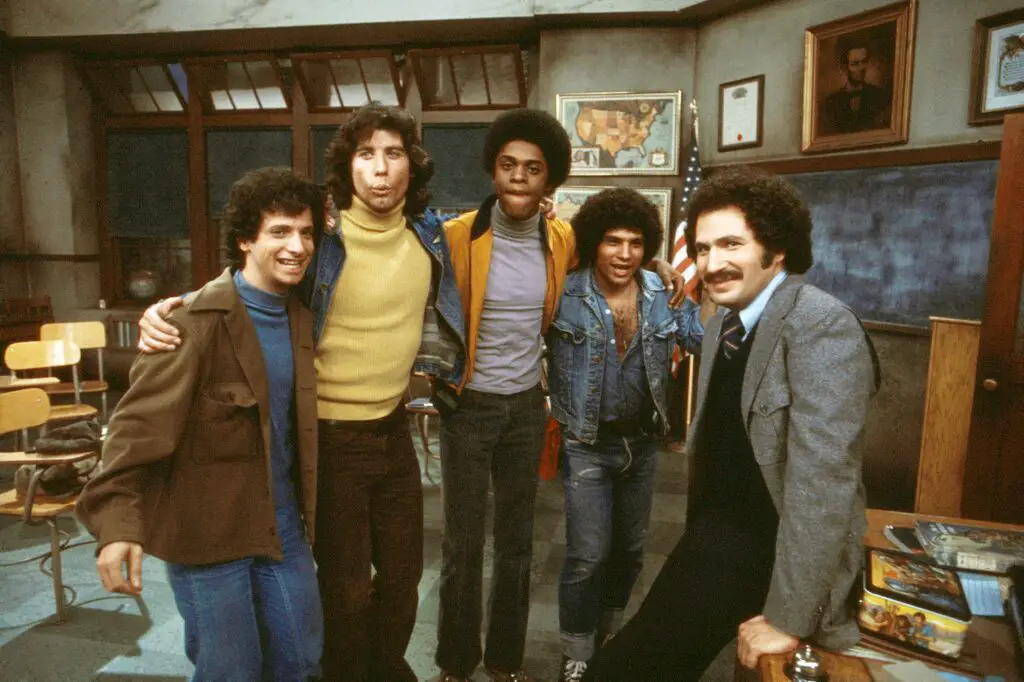
When the school holds a clinic to help students quit smoking, the Sweathogs attend mostly for laughs and to get out of class. But underneath the jokes, the episode takes a surprisingly firm stance on how hard it is to quit and how early addiction starts. For a ’70s sitcom, that was pretty bold.
Back then, smoking was still common on TV and in real life. But this episode pointed to the future anti-smoking campaigns and school programs that would soon become widespread. It treated smoking like a health crisis before most people were ready to hear it. And it did it with humor, which probably helped the message stick.
10. One Day at a Time – “Ann’s Decision” (1977)
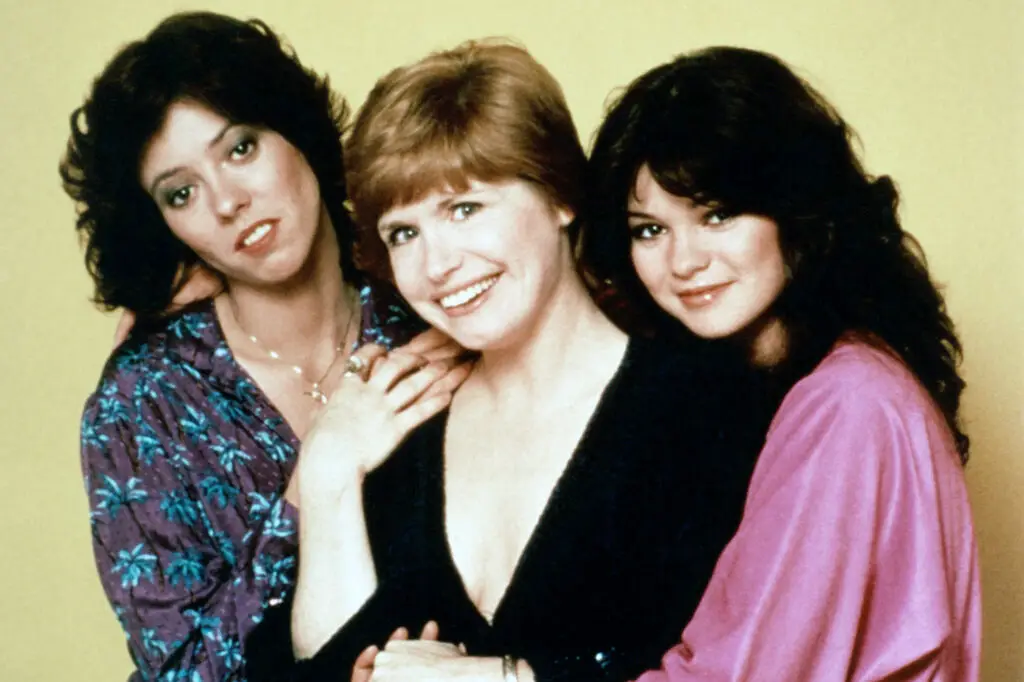
Ann Romano considers getting a hysterectomy, and the episode follows her emotional and medical journey through that decision. It dives into her fears, her independence, and the way doctors treat women’s choices about their own bodies. It was sensitive and thoughtful in a way that wasn’t common for the era.
Today, women’s health issues and bodily autonomy are front and center in national conversations. But Ann was there first, asking hard questions and standing her ground. Watching it now feels like a feminist manifesto wrapped in a sitcom. It gave a lot of viewers permission to think about their health differently.
11. Laverne & Shirley – “The Bardwell Caper” (1977)
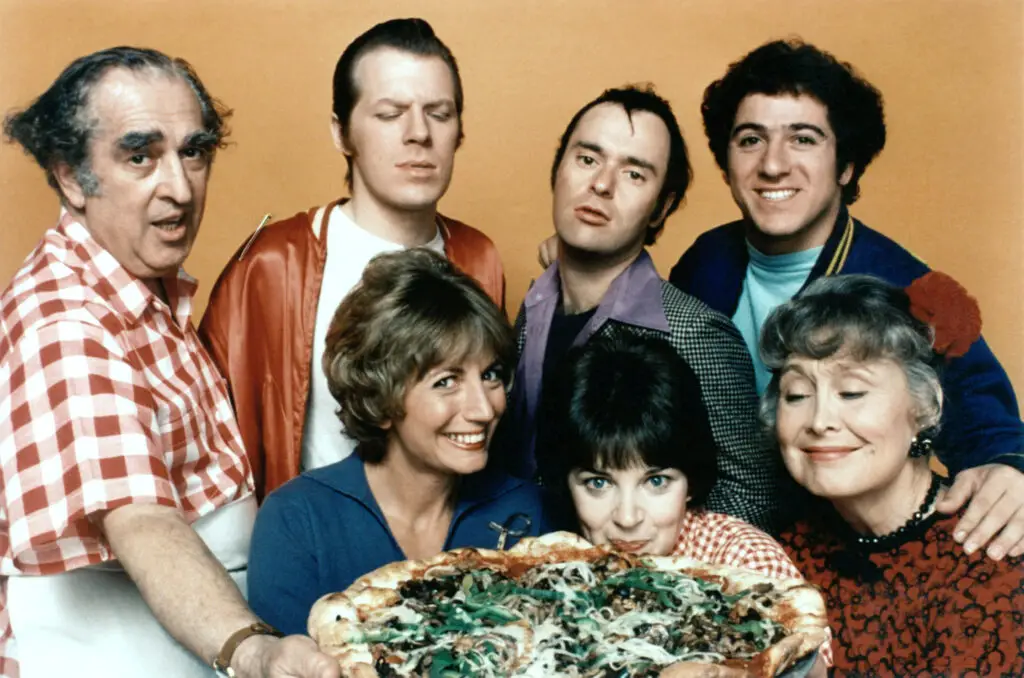
The girls try to catch a crooked department store manager who’s been embezzling money by setting up their own sting operation. It’s full of silly disguises and hijinks, but their suspicion and surveillance tactics are surprisingly clever. They track receipts and document everything—basically doing a proto-version of a citizen’s audit.
In the age of TikTok and Reddit sleuths exposing scams and shady businesses, it feels oddly familiar. Today, we’ve all become amateur investigators with phones and social media. Laverne and Shirley were basically ahead of the game, proving you didn’t need a badge to get justice—just determination and a good plan.
12. Soap – “Episode 1” (1977)
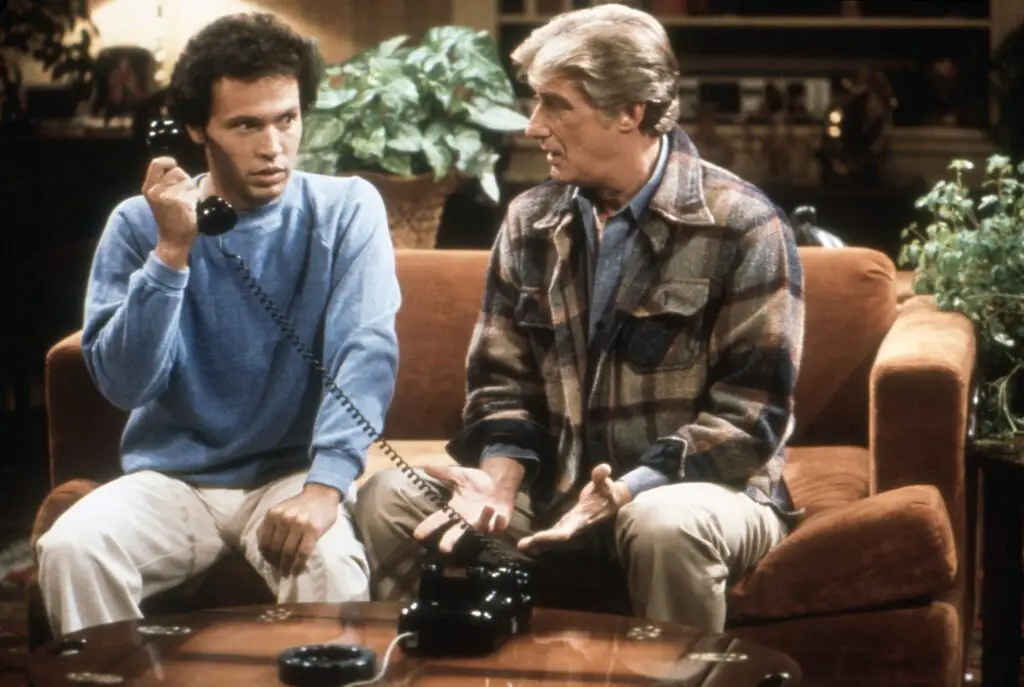
From the very first episode, Soap leaned into bold and controversial storylines, including one of TV’s first openly gay characters, Jodie. Billy Crystal played him with warmth and sincerity, even as the show satirized soap opera tropes. Jodie’s identity was handled with more nuance than most shows dared at the time.
Now, representation is a major focus in television. But Soap broke ground before there was even a roadmap. Jodie’s character laid the foundation for more inclusive and authentic storytelling. It was revolutionary for the time—and still holds up as a milestone moment in TV history.
